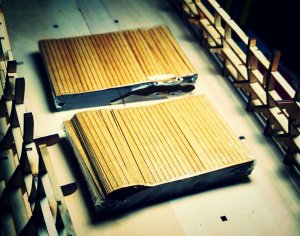In this photo, you can see how ridiculously small my work space is. lol
G'day Viktor
It doesn't matter how small or big your space is.......
What really matters is that
Greg
G'day Viktor
It doesn't matter how small or big your space is.......
What really matters is that
you are doing what you LOVE!
Happymodeling mateGreg












